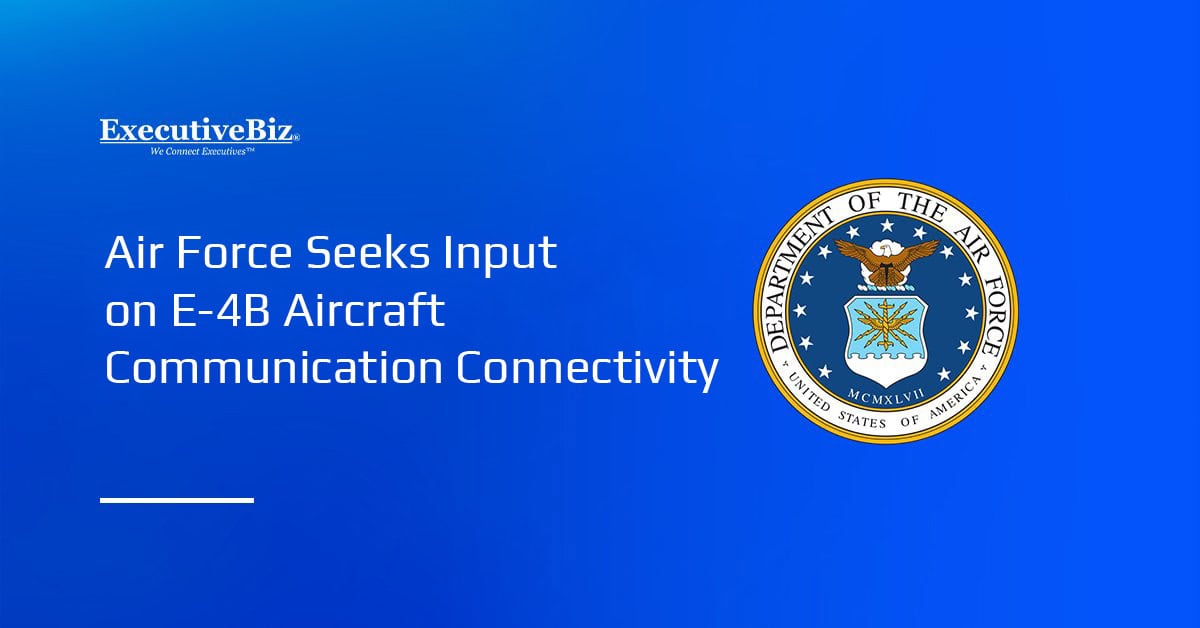Booz Allen Hamilton officials have warned that 80 percent of all cranes used in American ports were purchased from China, creating a vulnerability that may affect a critical infrastructure involved in moving national security equipment and personnel.
In a recent interview with McCrary Institute’s Cyber Focus, Booz Allen Hamilton’s Brad Medairy, executive vice president, and David Forbes, principal and director of cyber physical defense operations, discussed China-linked cyber threats to U.S. ports and the role of ports as a “one connected battle space.”
Why Securing Ports is Critical
The defense firm collaborated with the McCrary Institute on a report titled “Anchored in Zero Trust: Taking Action to Build Resilient U.S. Port Infrastructure.”
According to Forbes, the study centered on ports because it is “the textbook example of one connected battle space.”
The concept of one connected battlespace means that adversaries see the U.S. infrastructure as an integrated operational environment “with a great number of seams” they want to exploit, the official explained. Ports, he added, is a critical infrastructure that “represent how we move material, how we move equipment. It’s the nexus of economy and national security.”
Ports are also significant to the U.S. economy. Forbes revealed that “well over $2.1 trillion” of the nation’s economy relies heavily on port throughput, and a disruption could throw the balance of the U.S. economic and national security posture.
Growing Chinese Cyberthreat Sophistication
Medairy and Forbes also discussed the relevance of Salt and Volt Typhoon cyberattacks to critical infrastructure.
Medairy shared that China is accelerating the evolution and sophistication of its tactics, techniques and procedures, or TTPs, making malicious activity harder to detect. He stated that Volt Typhoon is significant because the attack had nothing to do with intelligence.
“They were pre-staging capabilities in the US critical infrastructure,” the official pointed out. “And the only real explanation is to achieve some sort of potential future kinetic effect.”
Medairy added that adversaries will continue to find opportunities to embed themselves into U.S. infrastructures. He emphasized the need to continue evolving the nation’s cyber capabilities and strengthening cyber defense posture.
He said, “it’s going to be a game of cat and mouse for years to come.”





